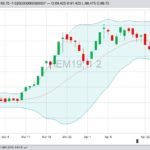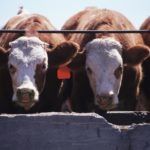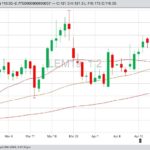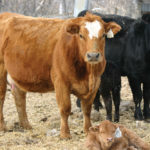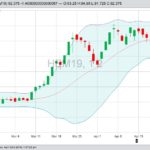While lower-valued farmland more often showed a higher rate of increase, and price hikes varied from region to region, Canada’s farmland values on average have booked their slowest year-over-year rate of increase in almost a decade. That’s according to the annual Farmland Values Report from Farm Credit Canada (FCC), in which the federal ag lending





